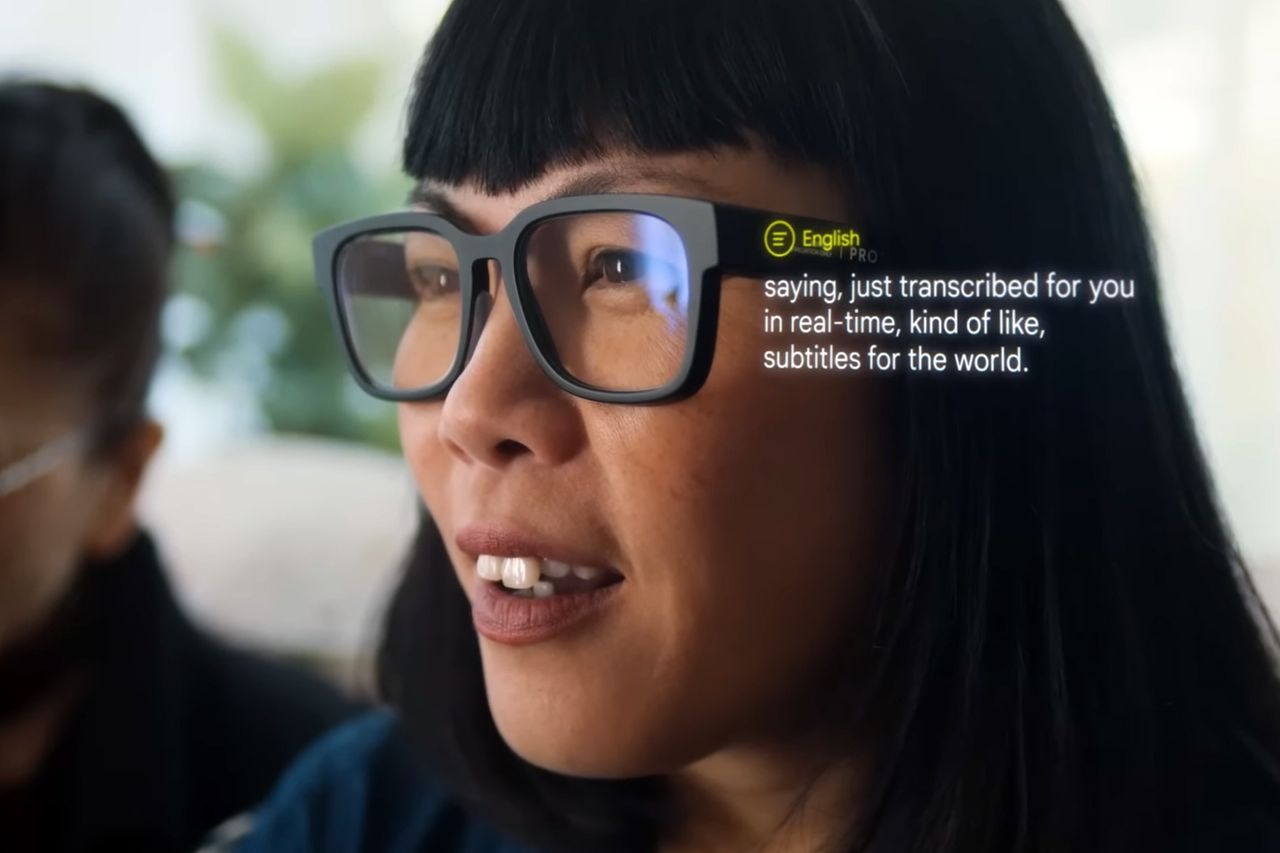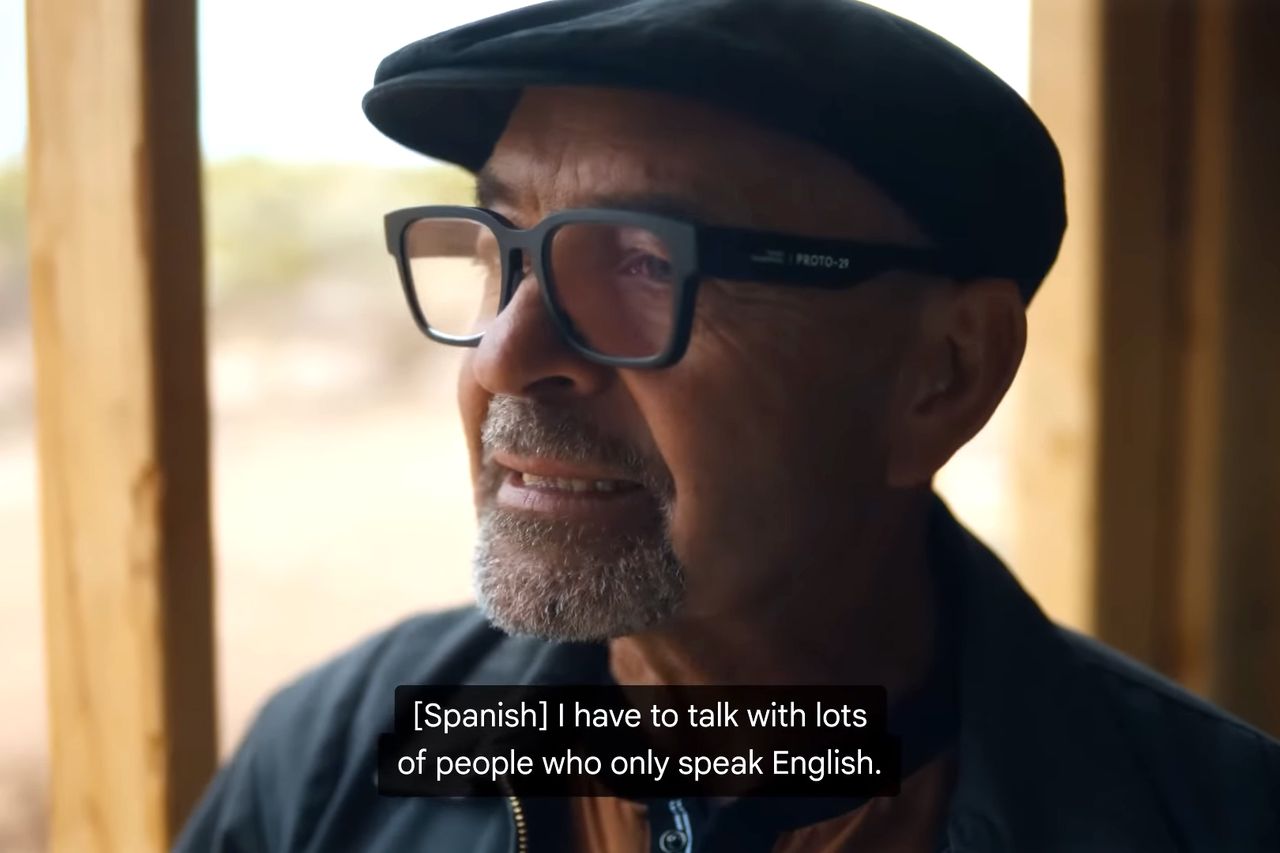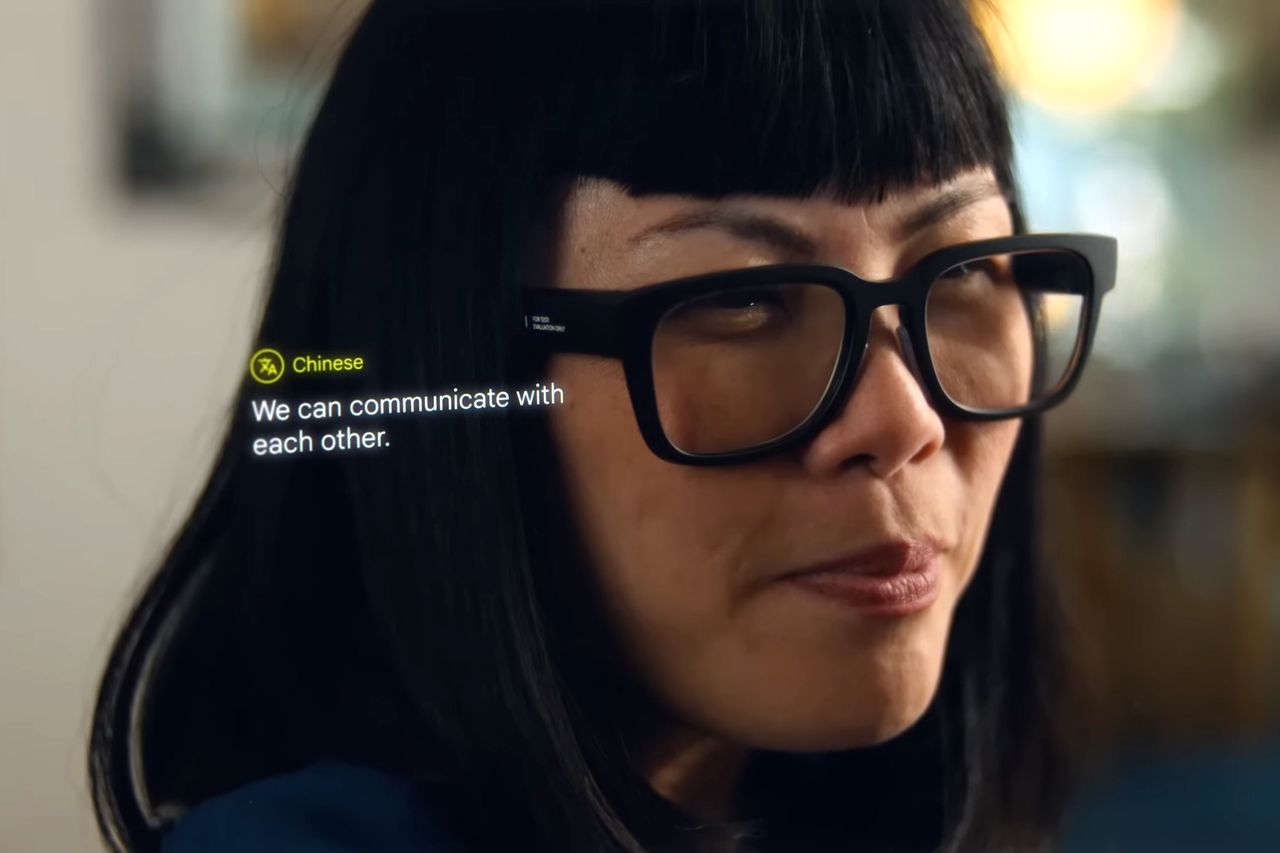Google finally finds a true purpose with its new augmented reality glasses… sort of like Apple and its watch

When Google debuted the Glass in 2013 (yeah, nearly a DECADE ago), it had a signature Google flaw – it lacked purpose. Now, with their newly unveiled demo at I/O 2022, Google seems to have finally found a purpose for their AR glasses. Hint, it ties in with the general theme of Google I/O 2022 – to help people.
I can recall when Apple was still developing the Watch. It was agreed that Apple wanted to create a watch that could be worn by people. Apple recruited Marc Newson, an iconic designer and ex-CEO at Yves Saint Laurent, to assist in designing the Watch. The Watch was not viewed as fashion-forward, even though it has been around for a few years. Apple found out that the Watch was actually a fitness wearable, and it became a true purpose some time later. That moment of clarity seems to have come to Google too, although 9 years later – as they finally realized that strapping an Android device to your eye isn’t an AR headset. Instead, Google’s new augmented reality prototype hopes to allow people to make sense of the world.
Designer: Google
Google XR Glasses Concept by Gokul Beeda
After announcing a whole new catalog of products, including the Pixel 6A, Pixel 7 and 7 Pro, Poxel Buds Pro, Pixel Tablet, and Pixel Watch, Google gave us a taste of an AR Glasses prototype they’ve been working on (labeled Proto 29) that combines natural language processing and transcription to provide subtitles to the real world. Wear the glasses and, in theory, you can understand any language. You can understand any language by wearing the glasses. The glasses translate audio and visual signals into text. These virtual subtitles overlay on your vision of the world, providing a contextual, USEFUL augmented reality experience that’s leaps and bounds ahead of what the Google Glass was designed to do in 2013.

It seems like Google’s making a habit of lifting the veil on their ‘under-wraps’ projects and showing them to the world as a flex of their tech capabilities. Last year, Google gave us a taste of Starline, a holographic chat portal that made virtual conversations feel like people in the same room, talking to one another. Starline was created to blur boundaries during virtual conversations. Google’s new glasses can do the same for physical conversations. They transcend languages, disabilities and help people who are deaf or hard of hearing understand the world.


All that’s nice, but what’s really remarkable is the new Google Glass (or the Proto 29) design. Unlike the 2013 glass, which was as bad as having the word NERD tattooed on your face, these new glasses look remarkably stylish, and there’s absolutely no hint of tech visible even when you take a closer look. Unlike RayBan’s Stories and Snap’s Spectacles glasses, which had a camera lens, these new AR glasses don’t have any. The only thing you’ll be able see is the Google logo on the temple stem.
Then again, that’s probably intentional on Google’s part. Knowing that this product won’t release at least for another 2-3 years, it’s possible that Google created a special demo unit that hid all the electronics. All I’m trying to get at is that there’s a lot to know and learn about these spectacles and their design, and I’m willing to bet good money on the fact that the final product may look nothing like the prototype. Google’s demonstration is beyond amazing, blurring lines between innovation and magic. And finally, a pair AR glasses with a purpose!

Source: www.yankodesign.com